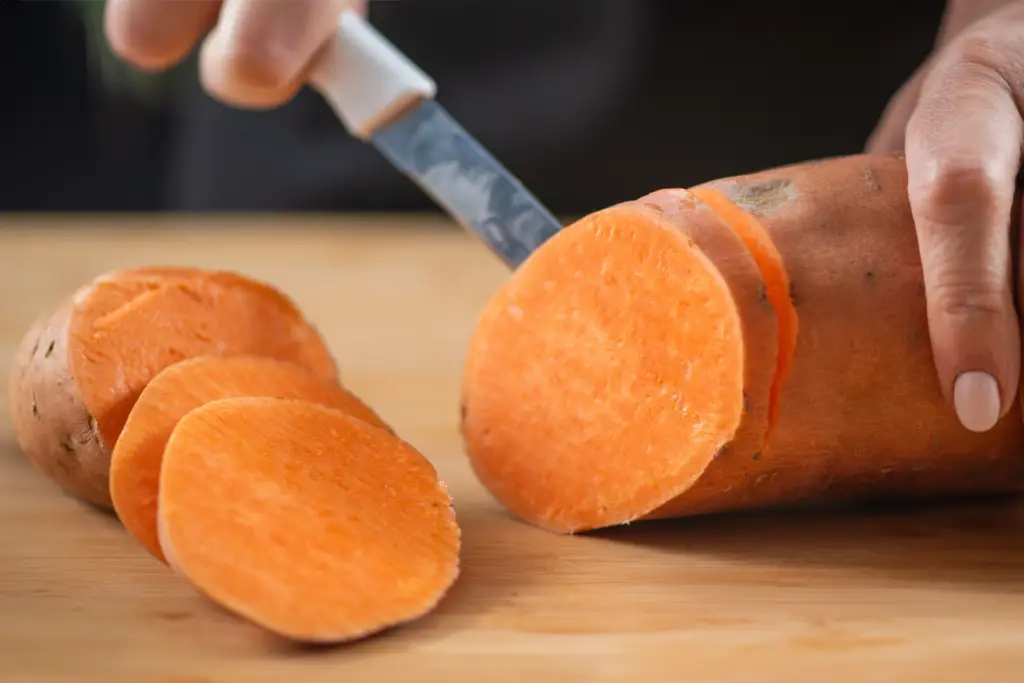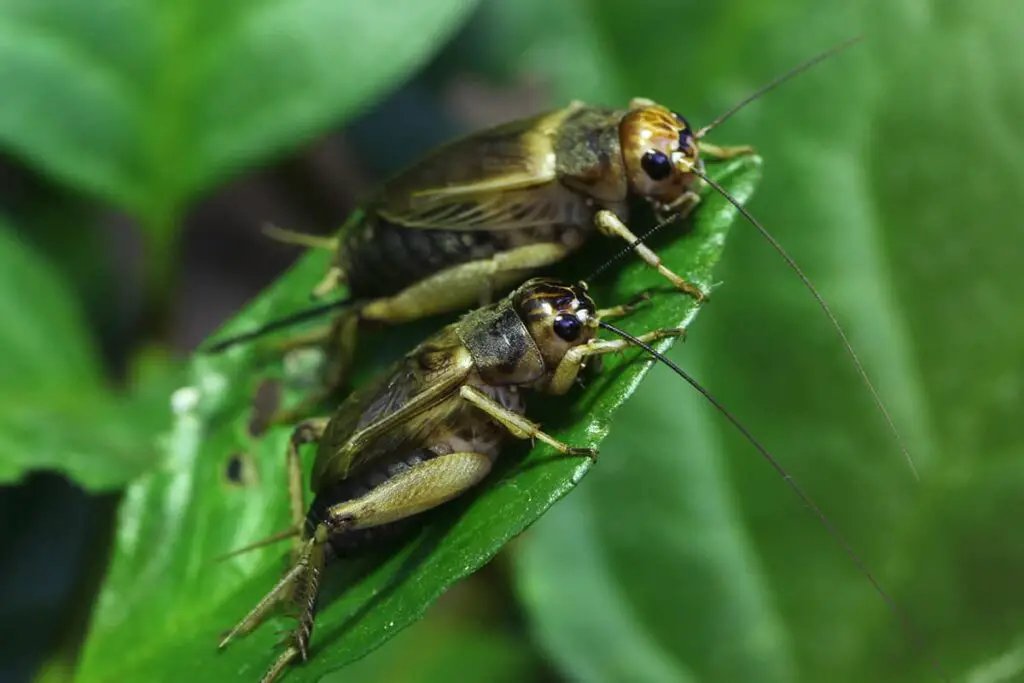
Feeding your crickets the right amount of food is crucial not only for their health but also as a means of providing nutrition to your pet reptiles or amphibians that feed on them. Properly fed crickets are more nutritious and will lead to healthier pets. The quantity and frequency of feeding your crickets depend on various factors, including their size, the temperature of their environment, and their numbers.
Crickets are opportunistic feeders with a diet that varies widely in the wild. In captivity, their diet should replicate this variety as much as possible. You’ll want to give them enough food to last them until the next feeding without overfeeding, which can lead to mold growth and unhealthy living conditions. Striking the right balance is key, and observing your crickets can provide valuable clues: if they finish their food quickly, you may need to offer more, whereas leftover food often signifies you can cut back.
Understanding Cricket Dietary Needs
Crickets have specific dietary needs that are essential for their health and vitality. Proper nutrition is key for their growth and for providing benefits when they serve as prey for other animals.
Nutritional Requirements
Crickets are omnivores, and they require a balance of plant and animal materials in their diet. This includes:
Proteins: For growth and repair. Feed your crickets items such as commercial cricket feed, which typically contains a good balance of essential nutrients. Crickets also benefit from a variety of greens and vegetables, such as crucial vitamins and minerals.
Calcium: Especially important if your crickets are being fed to reptiles, as it ensures the reptiles receive the necessary calcium from their diet. You can give them a calcium supplement or calcium-rich foods, such as certain leafy greens.
Life Stage Considerations
Crickets’ dietary needs change as they grow:
Nymphs (young crickets): Require more protein to support their growth and frequent molting. It’s recommended to provide a higher protein diet during this stage.
Adult crickets: Although their protein needs decrease slightly as they mature, maintaining a balanced diet remains essential. They can still enjoy a variety of fruits, vegetables, and other commercial pet food designed for omnivores.
Remember to provide fresh food regularly and remove uneaten food to prevent mold and maintain a healthy environment for your crickets.
Determining Portion Sizes
When feeding your crickets, considering the age, size, and feeding frequency is crucial to ensure they receive the right amount of nutrition.
Age and Size of Crickets
Your crickets’ nutritional needs change as they grow. Young crickets (nymphs) require frequent feedings of protein-rich foods, which support their rapid growth. Ideally, you should provide small servings daily. For adult crickets, a mix of grains, vegetables, and calcium sources is essential for maintenance, offered in moderate quantities every other day.
Feeding Frequency
- Daily feeding is necessary for nymphs, ensuring they have access to fresh food at all times.
- Adult crickets thrive with a less frequent feeding schedule, possibly every other day, to prevent overfeeding and waste. It’s important to monitor your cricket’s consumption and adjust as necessary to avoid any food spoilage in their habitat.
Types of Food for Crickets
Whether you’re keeping crickets as pets or to feed other animals, you need to provide them a balanced diet. This ensures they’re nutritious for their predators or simply live a healthier life.
Commercial Cricket Feed
Commercial cricket feed is specially formulated to meet the nutritional needs of your crickets. It typically contains a blend of grains, proteins, and essential nutrients to provide a balanced diet. Feeding your crickets commercial feed can save you time and effort, as it’s designed to be a complete food source.
Vegetables and Fruits
Introduce an array of vegetables and fruits to your crickets for additional vitamins and moisture. Items like squash, sweet potatoes, and leafy greens like romaine lettuce offer a boost in nutrients. Similarly, apples and oranges can provide hydration and are popular with crickets. Just be sure to cut them into small, manageable pieces.
Protein Sources
Crickets also need protein, which can be derived from a variety of sources. Incorporate small amounts of animal-based proteins, such as fish flakes or meat scraps, which should be clean and cooked. You can also offer insect larvae or wheat germ for a healthy variety that supports their growth and development.
Frequently Asked Questions
In caring for your crickets, it’s essential to know what they eat, how often they need water and food, what to avoid feeding them, the importance of gut loading, feeding frequency for good health, and their survival without food.
What variety of foods can crickets consume?
Crickets are omnivores and enjoy a diet of fruits, vegetables, and grains, but require a nutritional supplement if fed solely these foods. They can also eat commercial cricket feed available in pet stores.
How often should water be provided to crickets?
You should supply your crickets with fresh water daily. Utilize a shallow water dish or a wet sponge to prevent drowning, and ensure the water supply remains clean to avoid contamination and disease.
What are some common foods to avoid when feeding crickets?
Certain foods could be harmful to crickets; for instance, onions, citrus fruits and potatoes can be detrimental when fed in large quantities. Avoid moldy or spoiled foods as they can lead to health issues for the crickets.
What is gut loading and what should crickets be fed for this process?
Gut loading is the practice of feeding nutritious foods to crickets before they’re fed to other pets, ensuring those animals receive those nutrients. Crickets should be gut-loaded with high-calcium and vitamin-rich foods, such as leafy greens or commercial gut load products.
How frequent should cricket feedings be for optimal health?
Offer fresh food to adult crickets every 24 to 48 hours, removing uneaten portions to prevent spoilage and mold growth.
What is the lifespan of crickets without sustenance?
Crickets can usually survive a few days without food or water, but their health will deteriorate rapidly; thus, regular feeding and access to water are crucial for their longevity and well-being.
Driven by a passion for those tiny creatures that rule our world, we at Bug Domain strive to be your go-to resource for information on insects.




